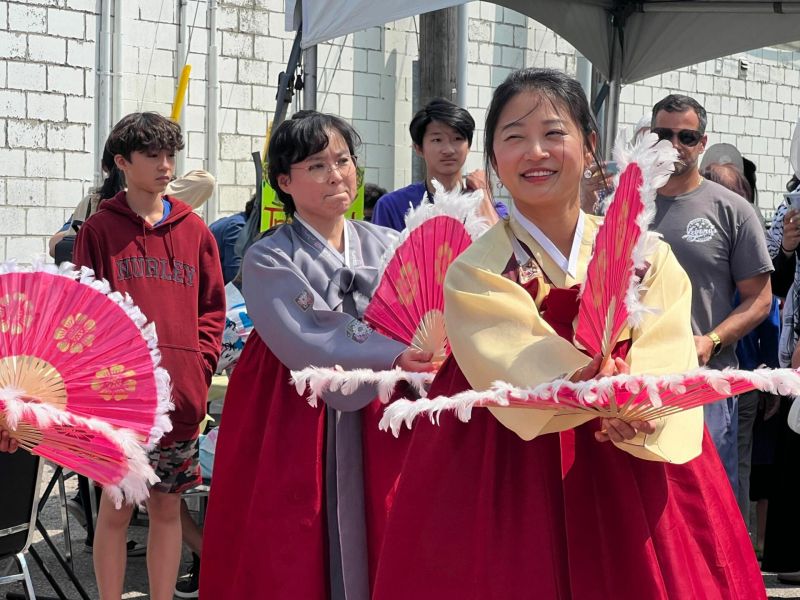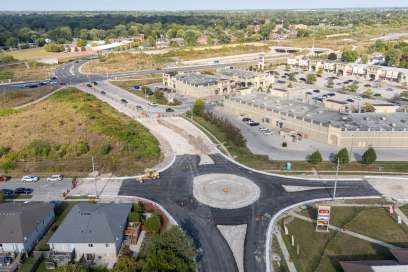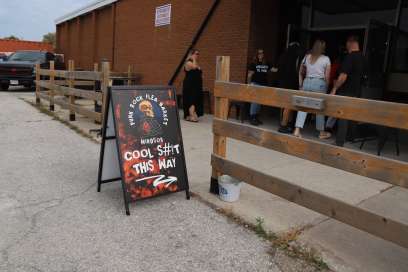Contractor Fined $120,000 After Parkway Construction Death
Friday September 18th, 2015, 4:18pm
Hello time traveller!!
This article is 3651 days old.
The information listed below is likely outdated and has been preserved for archival purposes.
A Windsor contractor working on the Herb Gray Parkway has pleaded guilty and has been fined $120,000 in the death of a worker who was killed by a falling steel concrete-forming panel
The defendant, 1256458 Ontario Ltd., is a construction contractor for road construction projects. It is related to and provided workers to PCR Contractors Inc., which was performing structural concrete work as part of a project to build 11 kilometres of road access to the crossing. PCR and 1256458 Ontario Ltd. are part of the Collavino Group.
On the afternoon of June 17th, 2014, a six-member crew was working on Tunnel 7 project at the intersection of Huron Church Road and Todd Lane. The crew was installing and removing pre-manufactured steel concrete formwork panels which are used to form and hold concrete in place until the concrete has cured and the panels can be removed. The panels weigh about 2,800 pounds and are about 20 feet long and eight feet high.
Two of the crew were working below the tunnel deck, removing the fastening components and preparing for the removal of the panels by crane. Each panel had about two dozen tie rods to hold the panel in place while concrete was poured and cured; each tie rod consisted of a nut, a plate and wooden whaler (a weight-bearing crossbar). Each tie rod had a capacity of 89 kilonewtons (a measurement of force of over 20,000 pounds). Above the tunnel deck, a supervisor and a third worker were rigging the loosened panels to the crane; below them another two workers were installing panels on another section.
The two crew working below the tunnel deck were removing the last two panels in the work area, adjacent to a wall. The panels had been previously stripped of most of their components, leaving only one tie rod at the centre of each panel, and one nut or tie rod along the joint between the two panels. One worker used a hand wrench to remove the nut or tie rod along the joint that connected these last two panels.
A worker above them on the deck attached the second-last panel (panel 2) to the crane; a co-worker below used a crowbar to pry the last remaining panel (panel 1) away from the wall for easy removal and the tie rod was removed from panel 2, which was being hoisted. At that time, the last tie rod remained in the remaining panel, panel 1. It was later determined that this last tie rod had been removed from panel 1 before it could be attached to the crane for removal.
While panel 2 was being hoisted away by the crane, panel 1 separated from the wall and fell on one of the workers located below the tunnel deck. The worker suffered crushing injuries and was killed.
The Ministry of Labour conducted an investigation, which found that all training and site safety procedures, job safety analyses and other steps taken to ensure safety were provided by the contractor performing the structural concrete work.
They found that while that contractor had provided training, through site supervision, to the workers for the installation and removal of the formwork panels, this training was insufficient for the protection of the workers. The workers could not describe a specific or consistent number of tie rods used to hold the panels during removal, and said that anywhere from one to four tie rods were usually left to secure each panel to the wall before being hooked up and removed by the crane.
Ministry officials said that the manufacturer’s manual for installation and removal of the panels specifies that the final tie rods should not be removed before the panel is hooked to the crane. Although the manual did not specify the number of tie rods to remain, these instructions were not on site and the workers had not been trained on the manual.
In addition to the fine, the court imposed a 25-per-cent victim fine surcharge as required by the Provincial Offences Act. The surcharge is credited to a special provincial government fund to assist victims of crime.
























